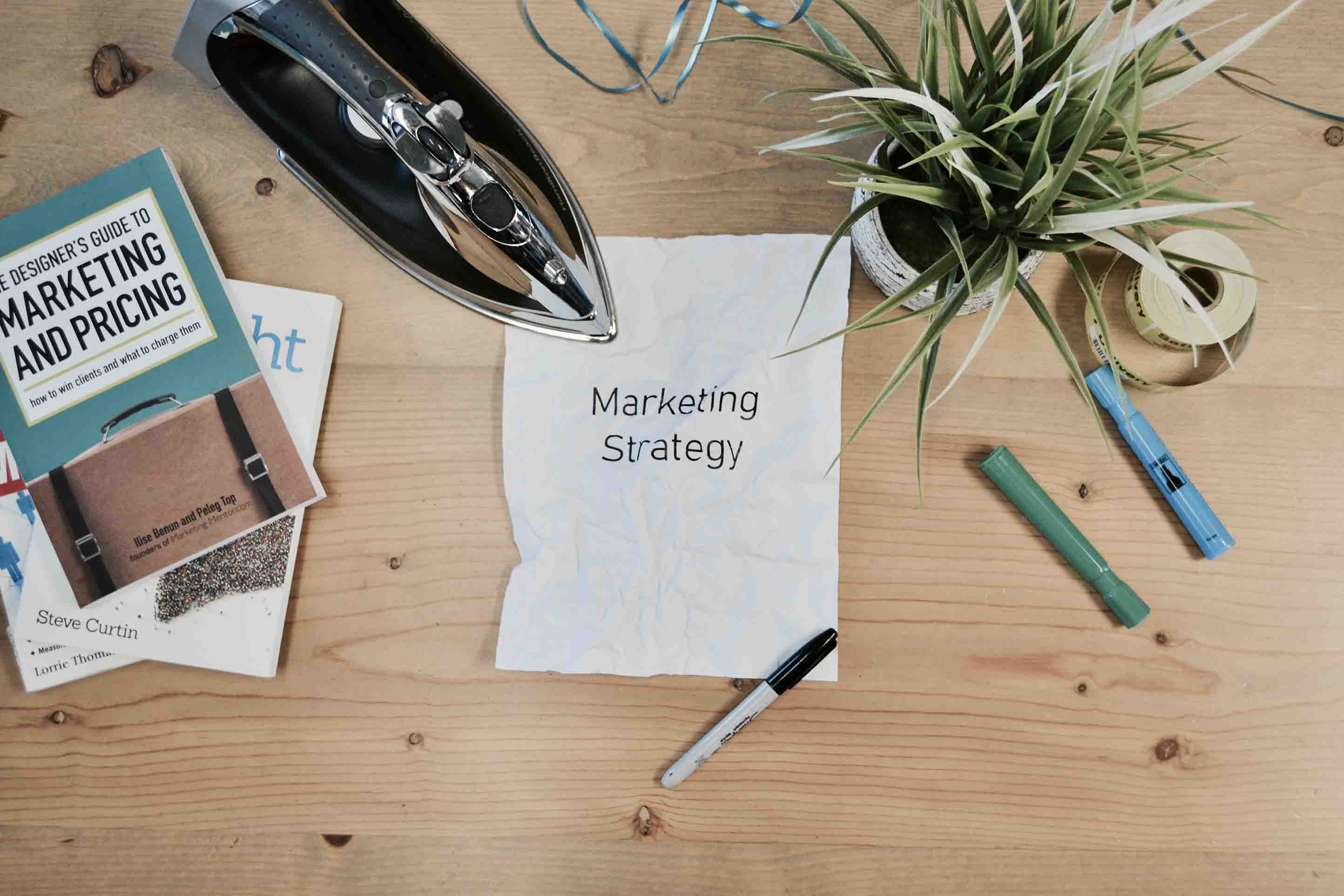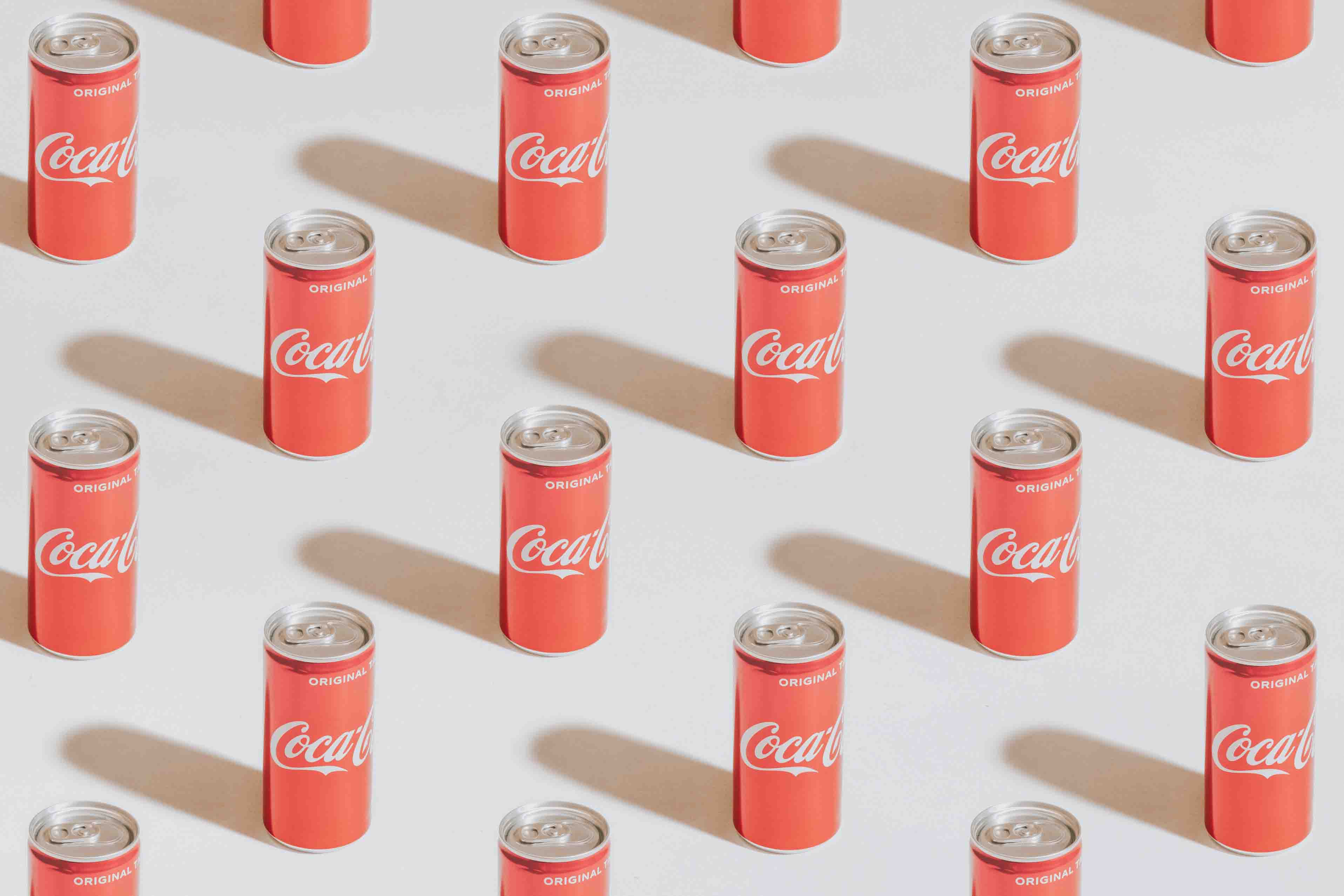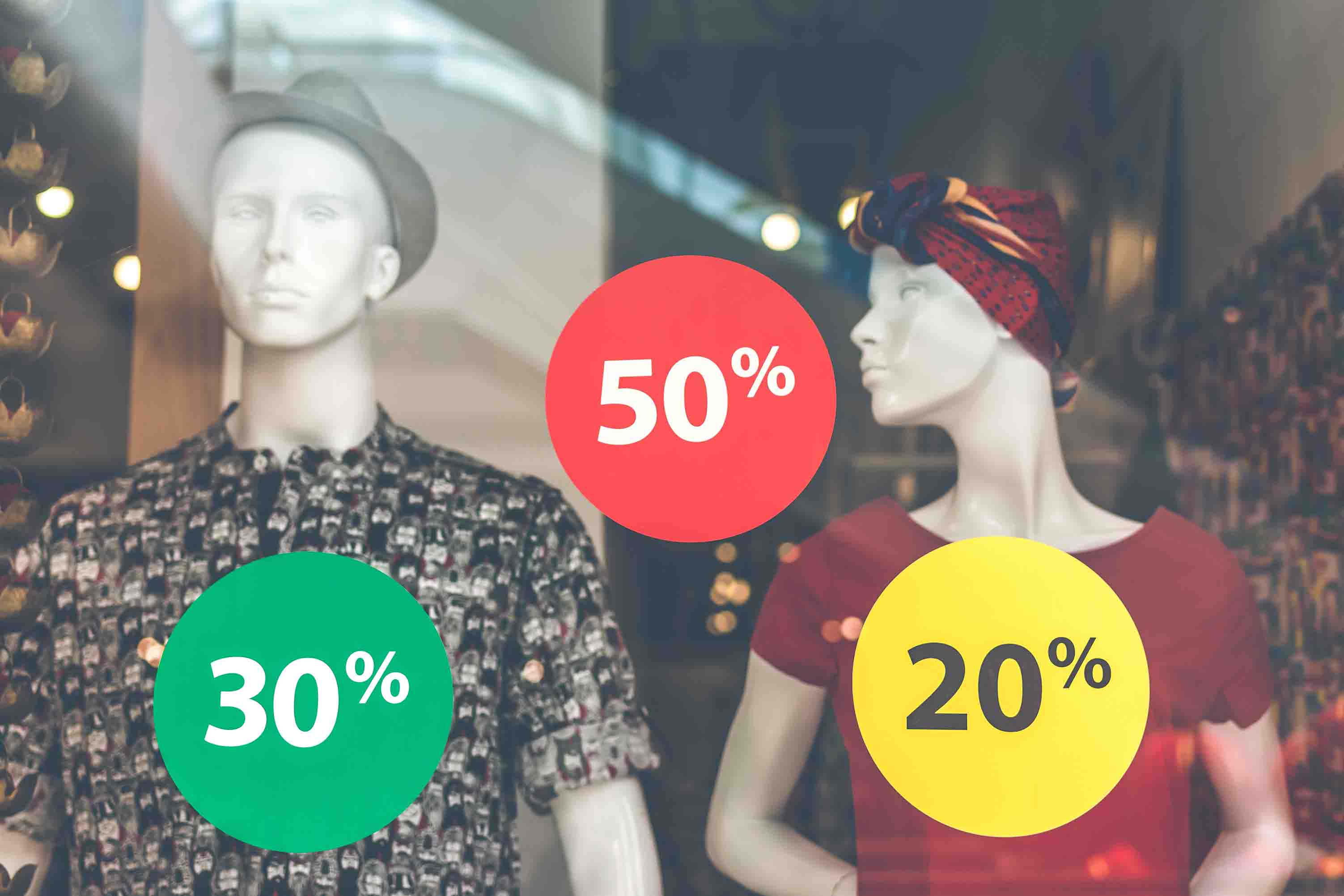
Condition Your Customers and Gain Unconditional Love for Your Business
Author: Ellice Dojillo
Date: April 18, 2022
Conditioning and all these other psychological skills you could use to promote your business could be all the tools you need to gain customer loyalty!
When you hear the word, “conditioning”, what’s the first thing that comes to your mind? Could it be conditions that the local coffee store has set in place before you can get a load of free cappuccino? Or could it refer to times when the weather just doesn’t know what condition to take? Well, it's neither of these ideas.
If you were a huge Psychology buff, you would have an idea that conditioning is a technique to train living beings, whether human or animal, to act in a certain way. The popular forms of conditioning are classical and operant conditioning. They’re known to be used in different ways in our daily lives from teaching your pet dog when or when not to bark to disciplining your child. And again, as a Psychology buff, you might know that, but do you know that they’re also largely used in many different fields and are not just limited to our daily routines? Well if you don’t, then we’ll confirm it because… YES! Conditioning can be used in marketing strategies to promote your business. Through conditioning, you can gain more customers than ever! The technique could just be the missing piece to the puzzle that is your success.
Read on more to find all the details on conditioning we have up our sleeve and which we are more than ready to introduce to you!
Classical Conditioning is the Marketing Tool You Never Knew You Needed All This Time.
Experts in marketing often use classical conditioning, particularly the concept of higher-order conditioning to attract customers. How does this work? Well, here’s the breakdown.
Classical conditioning entails a person projecting a certain response by associating this response with a certain object. Think about it like children and ice cream. When children think about ice cream, they usually get the response of craving it. Add in the bell or music that an ice cream truck plays every time that a child will interact with the ice cream truck, then soon enough, once the child hears the bell, they’ll automatically respond by craving ice cream.
Now, if in classical conditioning you will still be making a person learn to have this response towards the object, higher-order conditioning entails a person to project the already learned response towards a certain neutral object. Confused?

Let’s use the world of business as an example. Coca-cola has great advertisements that make you think, “Hey, I want this soda.” This is because they use background music that people have already learned to respond to happily even before the commercial. Now pair that up with a solid bottle of Coca-Cola a bunch of times, and people will learn to associate the feelings of joy with that Coca-Cola and so when they buy it, they’re unconsciously thinking, “Hey, I think this Coca-Cola bottle will make me happy today.” Impressive, right?
Countless advertisements and marketing professionals make use of this technique to lift their business. You can try to apply these techniques to your social media posts, posters, and even on your logo which you can conveniently post through a convenient CRM for social media marketing. For instance, if your business is a restaurant, you can use extremely cute mascots for your logos so that when people see it, they’ll feel like buying from you and think, “Hey, eating here is aesthetically pleasing.”
Operant Conditioning is an Old Trend You Can Mix in with A New Style.
Operant conditioning is a technique that entails a response from people after they have been reinforced or punished. Through this definition, operant conditioning may sound painful, but in all honesty, it’s anything but. This conditioning technique has been used by businesses all over the world thanks to its concept of reinforcements

Are you familiar with those signs in stores that say, “buy one, take one”? That is one example of operant conditioning. You tell the person to do this specific behavior and if they do, they’ll get a reward which is your reinforcement, specifically the positive reinforcement. Customers all over the world are all for rewards that will make them feel that buying your product is practical since aside from you, they get to benefit from it too. So if you can, try to calculate what discounts you can afford to give customers and keep on posting advertisements that show that your products are on a special discount! Customers will be motivated to rush to your store.
Once you constantly try these conditioning techniques, you are for sure to be able to get a lot of customers, and even most likely, customer loyalty will come with it. Once you get those rush of customers, be sure to include Bling in your story!
Bling is a business-friendly platform that is ready to cater to your every need. With the rush of customers coming in, Bling is ready to help with a social media CRM with efficient and easy-to-learn and use social media management tools that can help you manage all social media in ONE place and get those orders to your customers properly. Furthermore, Bling is also prepared to serve you a business phone for small businesses and even big businesses. And finally, at Bling you can be prepared to see customer reviews so you won’t have to deal with possible scams from customers ever again.


